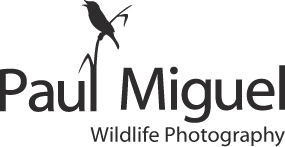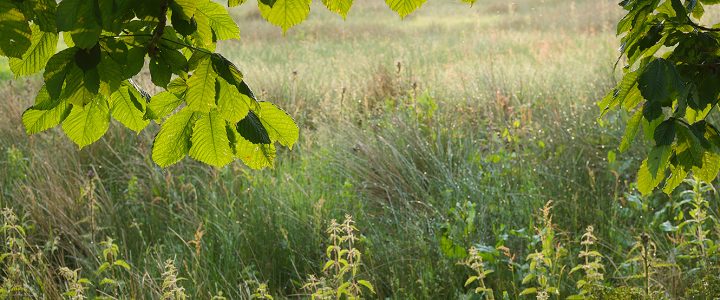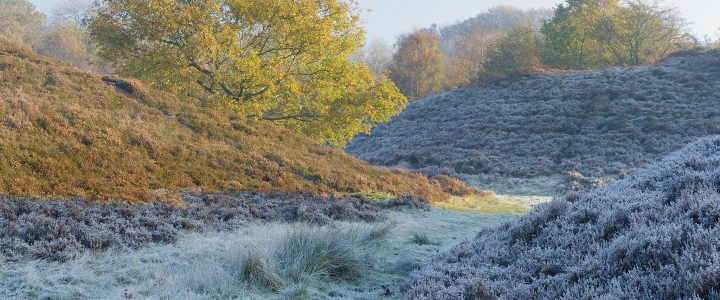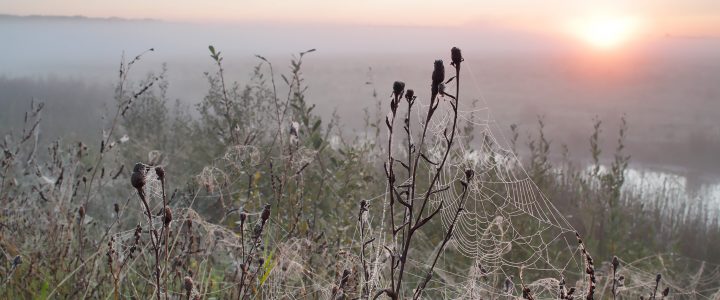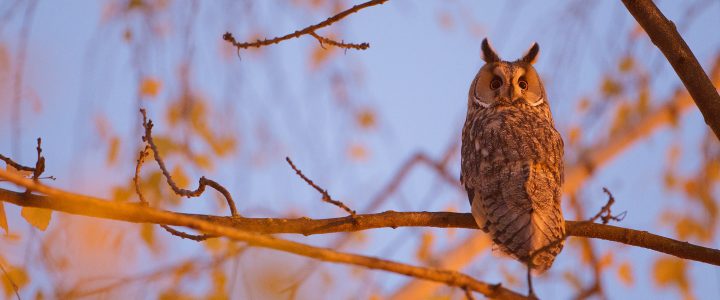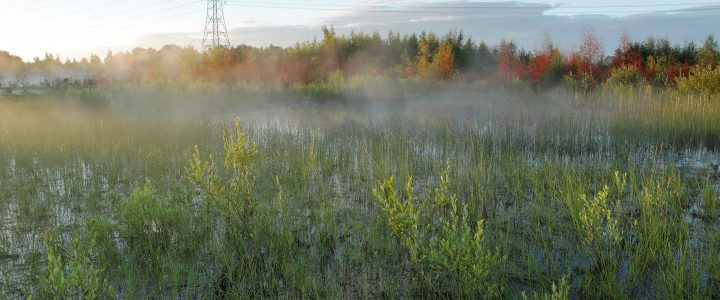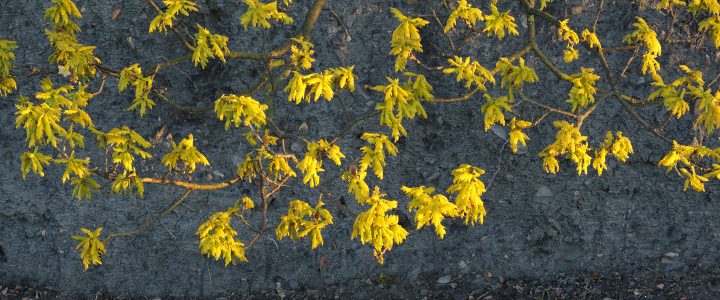“I need a change” I thought. Time for some landscape photography. So here I was on location at a beautiful reservoir on the outskirts of the Yorkshire Dales. As I set off I could feel the relaxation beginning to set in – much welcome after many days in the office. I was soon drawn to a view of the distant hills – a mixture of light and shade alternating across the landscape. I set up the tripod, attached my 50mm lens – and then… disaster! As I went to put the camera on tripod I realised there was no plate on the bottom! Now quite why I had taken it off, I can’t actually remember. But the fact was… I had. Despite racking my brains I could think of no way to attach the camera properly. Annoyed was not the word!! So after cursing myself for a good few minutes I decided not to give up on the evening. This was my time to enjoy, to create and I was going to make the most of it. So I set myself the challenge of capturing the best images I could hand-holding.

I set the ISO at 400 and the aperture of f/8 – a decent combination to avoid slow shutter speeds whilst getting reasonable depth of field. I worked with one lens – my Canon 50mm 1.8 – the nifty fifty as it’s called.. or ‘plastic fantastic’. Then it was a case of finding compositions that would work – using the fading sunlight of the evening. A mature Horse Chestnut tree was looking appealing and I shot towards the light, back-lighting the leaves and the nettles below.


A patch of Foxgloves looked beautiful as the hazy sun began to disappear behind the hillside. I experimented with a number of compositions and took a few shots with slight glare at the top of the frame – something I would rarely do.

Despite being initially frustrated, it was perhaps a blessing in disguise. Working with just one lens forced me to look for specific compositions and concentrate hard on each image – a good way of challenging yourself as a photographer. By the end of the shoot I felt that I had been genuinely creative and I could go home happy. That said – I don’t ever want to forget the plate again!
